Almost ten years ago, I began this homesteading journey and did not know what I was doing. You see, my husband and I did not come from a background in farming, raising livestock, growing and preserving our food, nor did we cook from scratch. Everything we know and have been blessed to have has been self-taught.
We failed, succeeded, and revamped our homestead numerous times before I felt we were prepared for anything that came our way. Our journey began on a mountainside property in Washington State with less than two acres. We now farm in Middle Tennessee on 42 acres.
Because our growing pains in learning how to homestead began on a small acreage lot, we were quite prepared to take on homesteading on a larger scale. I understand that not many have this opportunity, and that’s okay! Sometimes jumping in and learning as you go, as long as you have mentors to guide you, is good.
I am often asked how I set up my property for it to thrive, and I am thankful that I get to share these tips with you.
Select livestock based on your property size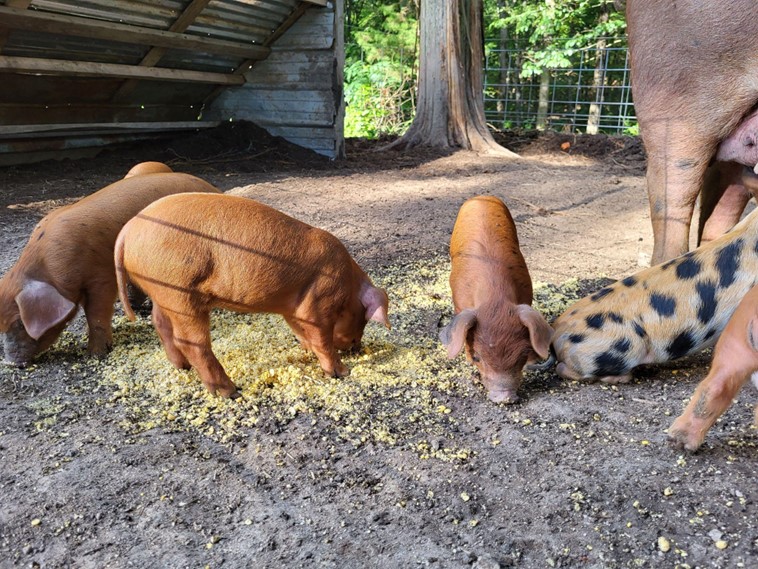
I cannot stress enough how important this is. It is extremely easy to get carried away when we begin our journey, but there are many things one must consider before you bring on any livestock. Incorporation and maintaining good animal husbandry is stressful, and I promise if you incorporate livestock slowly, you will be a better steward of your land and animals.
- It is extremely easy to get carried away when ordering poultry. Selecting laying hens based on productivity the first year not only feeds your family but will also give you time to know exactly how many more chickens or ducks to incorporate the next year.
- Goats are great for clearing the land and providing milk. However, they are escape artists and tend to birth multiples. You may have started with a buck, and two does, but by the end of the year, the herd could have multiplied by twice the amount. Selling goats, especially unregistered ones, can be difficult. Consider this plan wisely in your first year.
- I encourage everyone to raise pigs for a season before bringing in breeding stock. Feeder piglets can be purchased quite easily. Raise the pigs for a season, allow them to clear the land, and by 6 to 8 months, you will have healthy, clean pork to fill your freezer.
- A family milk cow. This majestic animal will not only feed your family, but she will also feed every creature on your homestead or farm. Beautiful, isn’t it? She will also need good pasture to graze and provide hay in winter. Unless you have a structure available for her, consider adding her in year two of your journey to live a more traditional life. For those new to keeping a family milk cow, find a good mentor to guide you in this grand adventure.
Your land will provide a garden and pastures where your livestock can graze and free-range. Overgrazing can occur in one season, and recovery from this is difficult. Consider learning about your land and its vegetation before bringing in too many animals the first year.
Infrastructure is Key
More times than not, you will be working on necessary infrastructure for the first two or more years of owning your property. Establishing infrastructure is expensive and stressful for many families who do not have a cash reserve. I can not stress enough to take your time building the necessary infrastructure on your property. Remember, Rome was not built in a day.
- Work on building solid housing, not a thrown-up one that must be reconstructed later. More times than not, rebuilding it does not happen for many years as you will be knee-deep in other projects.
- Gather your community to help you with big projects. This will expedite the process, and you can move on to other tasks.
- Do not be afraid to spend the money on good fencing. An escaped animal is very, very, very stressful, not only to you but the animal.
- If you do not have a clear piece of land, sun map your garden space to ensure it is adequate for your planning. Keep in mind that sun mapping a garden is a year-long process.
- Ensure water is run to the location where you will need it. For example, we put hydrants in the barn, greenhouse, garden, and berry garden. This prevents the need from having to lug water to each location.
You should spend the first year establishing the necessary infrastructure for your homestead/farm.
Establish the Garden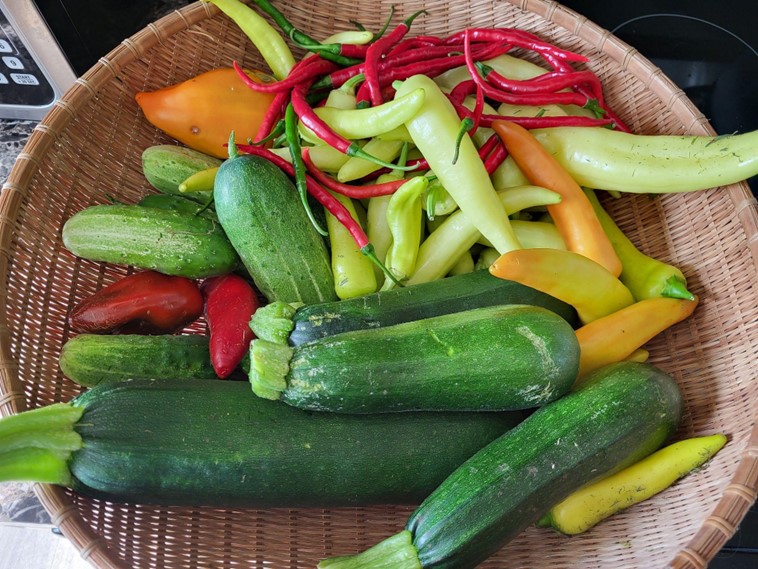
When we first purchase a property, we want to plan and plant the garden, and in that first year, you reap what you sow. By all means, plant food! However, do not forget a garden takes work to make it lucrative. As mentioned above, sun mapping your garden space will allow you to plan the space properly. Do not forget what was said above; infrastructure is essential to ensure you can eat fresh and preserve the harvest.
- Construct the fence to protect your garden space. Deer, dogs, cats, poultry, and escape livestock can destroy a garden in minutes.
- Design your garden place using grid paper with succession planting and crop rotation in mind.
- Decide on the type of garden you wish to have – raised bed, no-till, or market garden (row planting).
- Prepare the garden for growing. Wood chips, compost, and compost manure must all age before use. Establish your area as soon as possible to utilize these items.
- Purchase seeds and gather the necessary tools you will need.
Our garden is 7,000 square feet. We utilize a no-till market garden and raised bed. Even with a garden this size, we maximize the space by growing vertically using cattle panels and container gardens.
I will also add plant your orchard and berry garden within the first two years of being on your property. This will allow for a bountiful harvest sooner than later.
Preserve the Harvest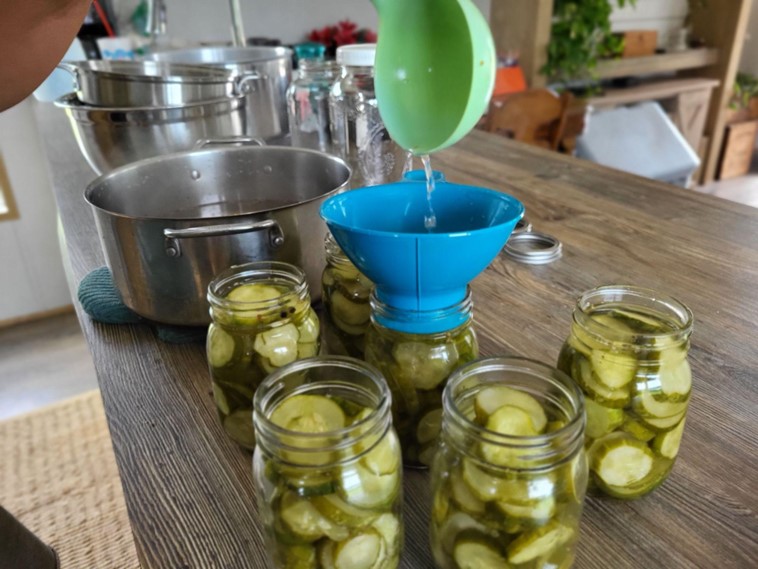
The harvest consists of what your garden provides and the meat you raise. I would not encourage those new to homesteading or farming to jump in by adding larger livestock, but I would encourage you to raise meat birds to fill your freezer.
Many entering this life are new to preserving the garden’s bounty. I would encourage you to find a mentor, take a hands-on workshop, or grab a copy of my book, The Farm Girl’s Guide to Preserving the Harvest. The ability to preserve food, whether it’s canning, cold storage, curing, drying, or freeze drying, is essential to our life.
Preserving supplies can be expensive, especially if you are starting from scratch. Here are the basic items you will need to get started:
- Hot water bath (Amish Canner) or steam canning for canning high acidic foods
- Pressure canner for low-acidic foods
- The basic canning tool set
- Dehydrator
- The Farm Girl’s Guide to Preserving the Harvest – A copy of my book can be purchased at all online books stores
Enjoying the summer harvest throughout the winter months is extremely rewarding. Learning to preserve the harvest works well for emergencies such as power outages.
Find Your Community
You learn quickly in this life that being self-sufficient is necessary. However, being community-sufficient is key to success in our lives. We were not designed to be alone but to work with others, build community, and create a world that allows us to live the life we seek. And by all means, allow bartering and trade to become your currency.
For example, what can I do if I am not equipped to raise a milk cow but desire raw milk?
The answer is simple: I could barter two feeder pigs to receive a gallon or two of milk weekly for six months. At this point, I have what I need, and so does a friend.
Community is essential to this life. Without it, we’d be working harder and not necessarily smarter. The community you form is designed to help each other be sufficient and to gather and break bread. It all intertwines to recreate what our forefathers did to survive and enjoy life.
First posted in September 2023


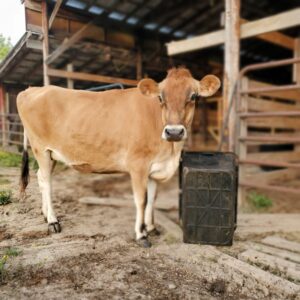


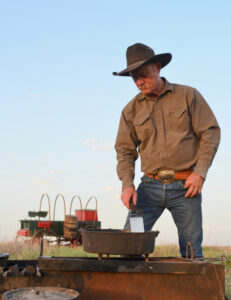


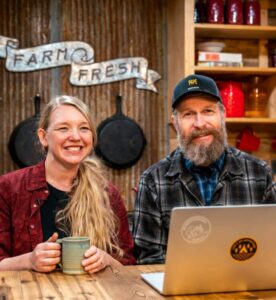




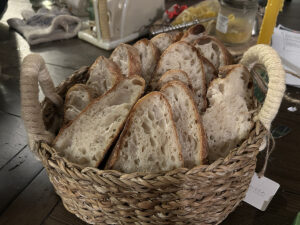




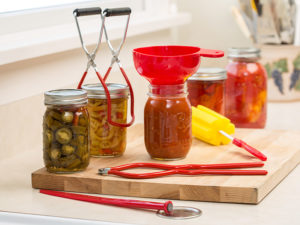






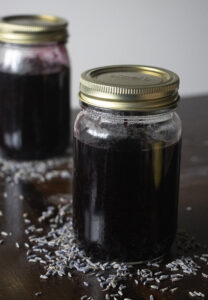


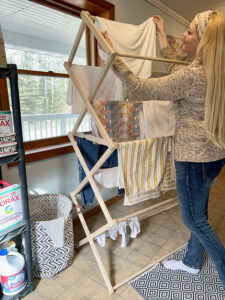

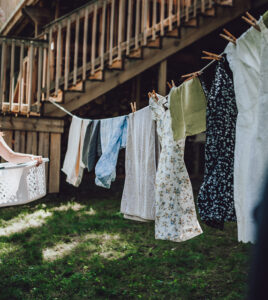


Couldn’t agree more. We too are in middle TN! 12.5 acres learned so much last 6 years.
Good tips! I’ll add one that my great grandfather taught my mom; Make sure you have water on the land you buy.
Another tip is to test the soil before you buy. Sometimes the previous owner may have scrapped and sold the top soil off.
Such a thoughtful article to help those embarking on a life they have not experienced growing up or in an earlier adult life, or both.
GOOD TIPS FOR THE BEGINNER WANTING TO HOMESTEAD.
Middle tn here small 2.34 acre and I agree whole hearted
We hope you and your homestead are doing well!
Hey how about this. I’m a 72 yr old very healthy and active male. Heat with wood. Understand some gardening. To old to start this homestead journey?